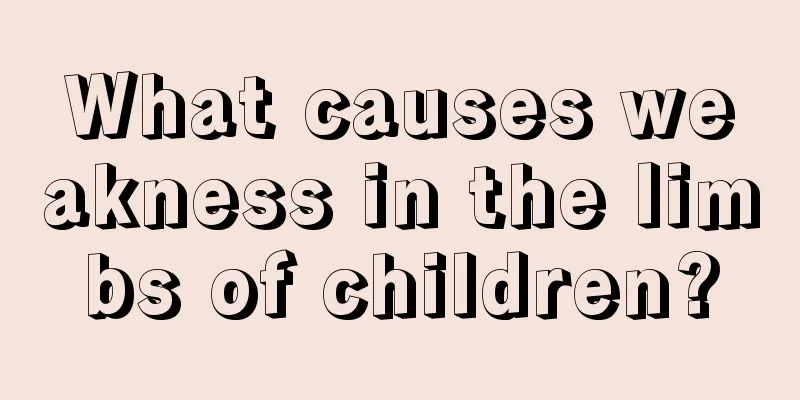How to treat baby's ingrown eyelashes

|
The phenomenon of inverted eyelashes in babies is a problem that many parents will face. But we all know that although this is a common problem, it also has a relatively large impact on children. It will make children always feel uncomfortable in their eyes and often shed tears. If they do not pay attention to care, it can easily cause chronic conjunctivitis and keratitis. Therefore, parents should have a more comprehensive understanding of its treatment. Inverted eyelashes are relatively common in children. Although it is not a serious disease, it can cause varying degrees of pain to children. During the growth process of children, the base of the nose becomes wide, which can easily cause the lower eyelid eyelashes to turn inward. Some children are overweight and are more likely to develop inverted eyelashes. Long-term irritation to the eyeballs by inverted eyelashes will make children's eyes uncomfortable and cause frequent tears. If children rub their eyes with their hands for a long time, it will cause chronic conjunctivitis, keratitis, and corneal clouding, which will affect their vision. Treatment of ingrown eyelashes in children: 1. Gently pinch the base of the child's nose (the area between the two inner corners of the eyes) and lift it upwards, twice a day. 2. Before the child goes to bed, squeeze chloramphenicol or erythromycin eye ointment onto a sterilized cotton swab, then gently pull open the lower eyelid, apply the eye ointment on the eyelashes, and at the same time turn the inverted hair outward and rub it downward to turn the inverted hair outward, and then let the child close his eyes and go to sleep. If the child is too young, treatment can be started after the child falls asleep. During the above treatments, attention should be paid to hand cleanliness and gentle movements; do not pull out inverted eyelashes at will, because the roots of the hair follicles are not damaged after pulling them out, and thick and hard eyelashes will grow again, which will make the irritation to the eyes more serious. This method is only suitable for children under seven years old and is not effective for adults. The above is an introduction to the treatment methods for children's ingrown eyelashes. I hope that after introducing and understanding these methods, parents can pay attention. When children face this problem, they should adopt scientific treatment methods to help them reduce the impact of this problem on their growth as much as possible. |
<<: How to reduce fever when baby's temperature is 37.6
>>: How much milk powder should a four-month-old baby take?
Recommend
How does autism develop? 4 major factors to know!
Autism is a type of autistic disorder, so it is a...
What should I do if my baby is prone to prickly heat?
When it gets hot in summer, babies tend to sweat ...
Massage for children with stuffy nose
Everyone knows that a stuffy nose is very uncomfo...
What should I do if my child always catches a cold and has a fever?
Nowadays, many children have weaker resistance th...
What should parents do if their child’s glans is red and swollen?
Many parents will find that their children's ...
Can eight-month-old babies drink yogurt?
Milk is a healthy drink, and its derivatives, suc...
What should I do if my baby has a low fever?
Nowadays, more and more young parents are only ch...
Children do not wash their faces in the morning
For many children, they are actually very relucta...
What are the symptoms of children's tooth replacement?
Tooth replacement is a stage that everyone goes t...
What should I do if my baby got a bump on the back of his head?
The birth of the baby brought a lot of happiness ...
What is a good way to give medicine to children?
Many children in their early childhood will devel...
Baby's nose is humming but there is no snot
It is not easy for anyone to grow up from childho...
Symptoms of pharyngitis in 10-year-old children
Many people think that only adults suffer from ph...
How to test for jaundice at home
In fact, neonatal jaundice is one of the most com...
What causes chest pain in children?
If a child has chest pain, it is important to fin...









